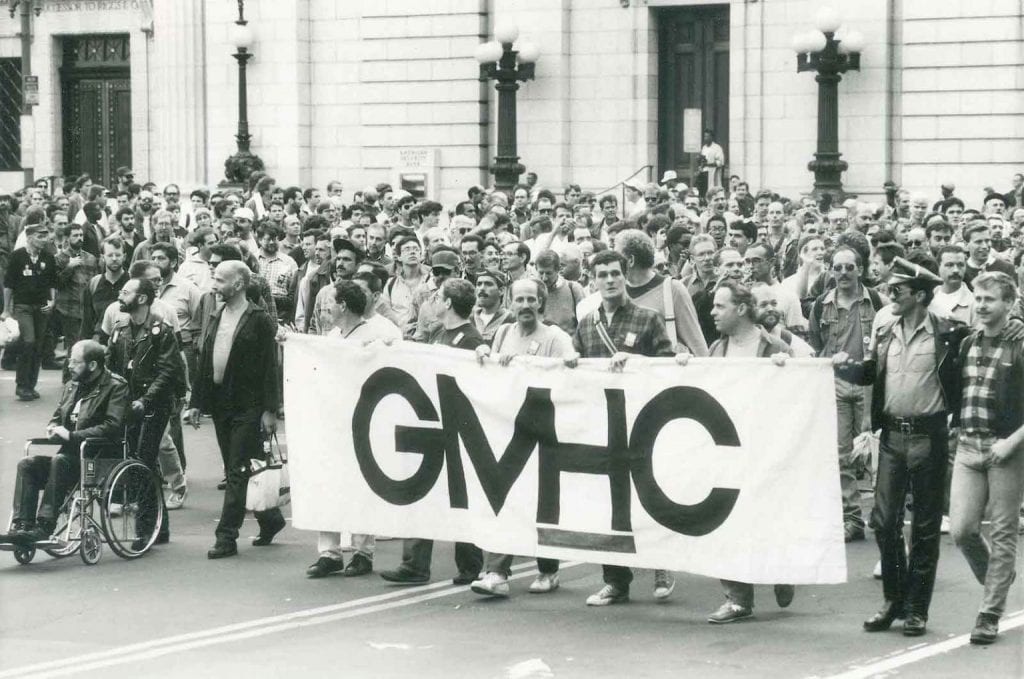How could we have been so short sighted?
People with HIV were given the promise of a typical long lifespan in exchange for effective HIV treatment. Clinicians focused on improving antiretrovirals and making sure that patients were compliant. As a result, older adults now dominate the HIV epidemic in the USA. This population includes the long-term survivors whom we acknowledge on June 5th every year and were diagnosed with HIV/AIDS during the first decade and a half of the epidemic.
But what about their quality of life? They take one pill a day and continue to live and age. But they are developing higher rates of illnesses associated with aging – this is termed multimorbidity (i.e. 2 or more chronic diseases). These include cardiovascular disease, cancers, bone loss, hearing loss, cognitive decline, kidney disease, diabetes, chronic pain and many more. Yet these older adults and their care providers are not prepared for aging. The challenges of aging are considerable for everyone. But these long-term survivors and all older adults living with HIV are challenged beyond the norm.
Their life is characterized by social isolation and loneliness due to the fear of disclosing their HIV status plus the added fear of rejection or even violence. AIDS-based stigma remains a powerful force in society. Less than 20% of Long-Term Survivors are partnered and on average, 70% live alone. Many receive medical and housing supports locally. Such benefits prevent most from working. Work and volunteer opportunities provide a purpose in life and would help in reducing the 3-5 times higher rates of depression and PTSD repeatedly found in the older adult HIV population. Their access to effective mental health care is limited. Most have fixed incomes that place them below the poverty level. We never saw the obvious and inevitable future – aging.
These older adults and long-term survivors need care that goes far beyond the focus on suppressing HIV infection. They need to be preemptive in tackling the illnesses of aging, with access to clinicians who are skilled at managing the health of aging adults. This is a silent majority who needs appropriate care – multimorbidity management, awareness of polypharmacy issues (i.e. use of multiple medications), and increased social interaction. Currently, their isolation and depression rates lead them to be sedentary. Many thus do not engage in any regular exercise, have poor nutrition, and experience feelings of abandonment as they see the support for their communities dissipate. Long-term survivors need visibility and more opportunities to become vocal advocates for the changes they need in care. They need coordinated care that looks beyond HIV viral suppression.
Historically, success in the HIV epidemic is indicated by reductions in the number of new HIV infections and the number of people with HIV who achieve the clinical goal of suppressing HIV. Few know that 50-65% of the 1.3 million people living with HIV today are long-term survivors and or older adults. Those increasing numbers are powerful examples of success in battling the HIV epidemic. By the end of this decade, 70% of all people with HIV will be age 50 years old and older. More need to know about this enormous achievement and in turn, that people with HIV live long and satisfying lives. Maybe then the community will, as they did in the early days of the HIV epidemic, raise their voices and demand better care and a better quality of life for those aging with HIV.
By Stephen Karpiak PhD


